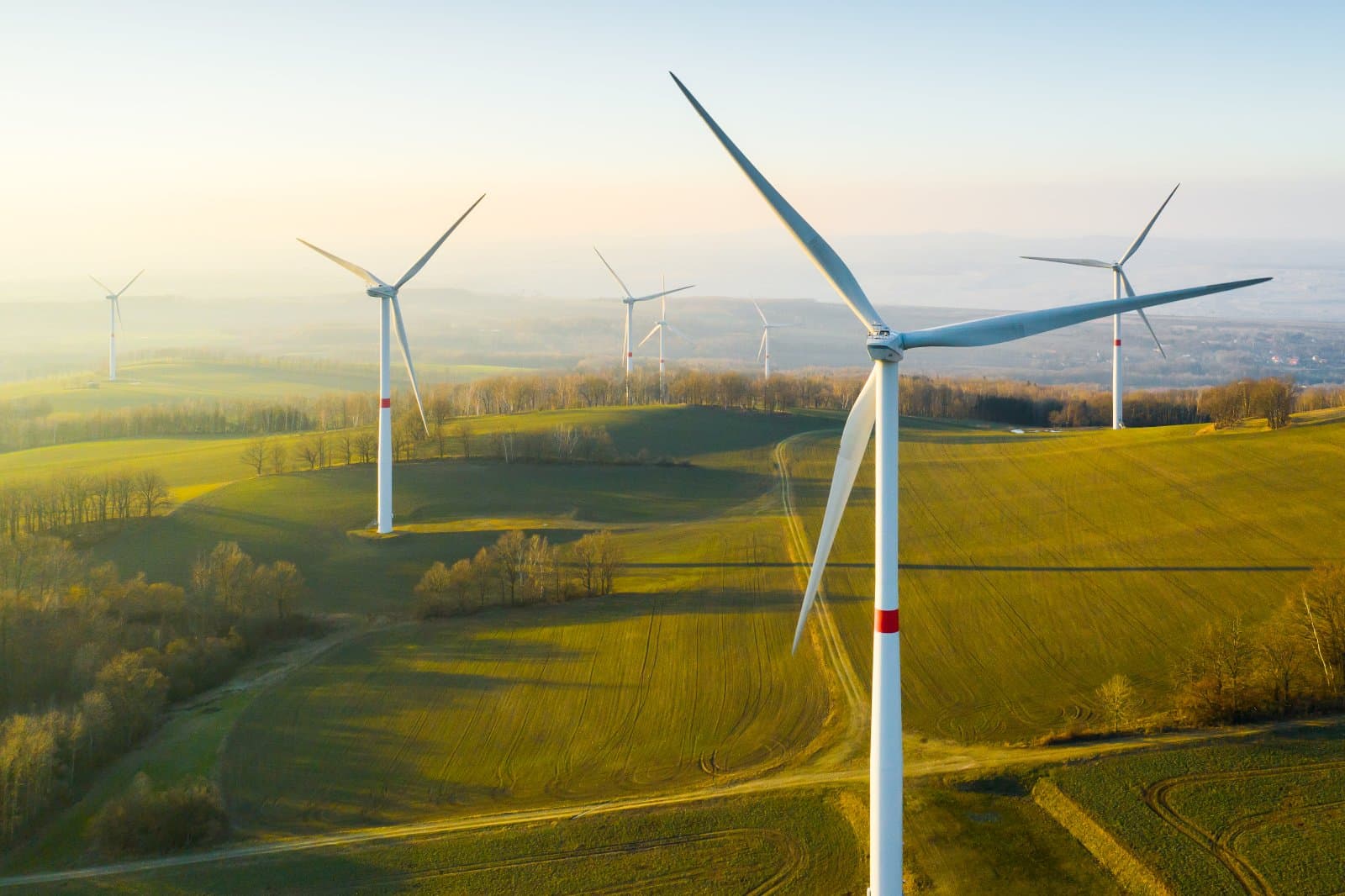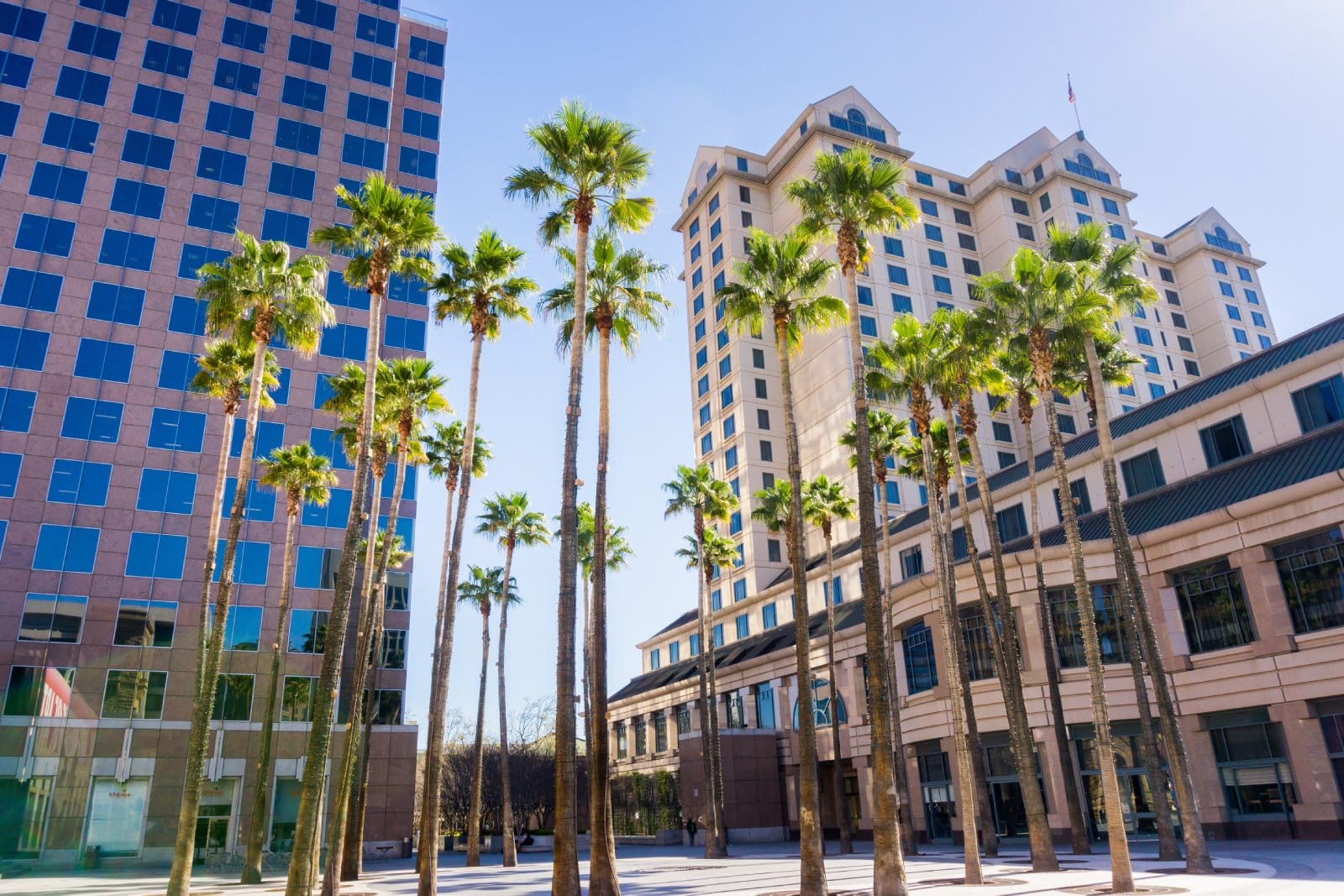From the bustling cities of Texas with their open economic policies to the tech-driven landscapes of California, these two states represent significant pillars of the American economy. Each offers a unique business climate, but how do they compare across various sectors?
Finance and Business: Texas

Texas boasts a pro-business climate with low taxes and minimal regulation, making it an attractive destination for corporations and entrepreneurs looking for growth opportunities and a favorable economic environment.
Finance and Business: California

California is a powerhouse in venture capital and innovation, hosting a large number of Fortune 500 companies, particularly in the tech sector. Its economy thrives on high-tech industries, though it faces challenges with higher taxes and regulatory complexities.
Economy: Texas

With one of the fastest-growing economies in the U.S., Texas benefits from a diverse industrial base, including technology, energy, and manufacturing. Its economic growth is bolstered by a significant influx of new residents and businesses relocating from other states.
Economy: California

California’s economy is the largest in the U.S. and would rank among the largest in the world if it were a country. Driven by technology, entertainment, and agriculture, its economic output is vast but comes with high living costs and economic disparities.
Sports: Texas

Texas is a major player in the sports world, home to professional teams in nearly every major sport, including the Dallas Cowboys (NFL) and the Texas Rangers (MLB). The state’s passion for sports is a significant part of its culture and economy.
Sports: California

California also has a rich sports tradition with major teams like the Los Angeles Lakers (NBA) and the San Francisco Giants (MLB). It is known for its innovation in sports, including advanced sports analytics and health-focused athletic technology.
Food and Drink Industry: Texas

Texas is famous for its barbecue and Tex-Mex cuisine, which are integral parts of its cultural identity and a draw for culinary tourism. The state also has a growing wine industry, challenging more established regions.
Food and Drink Industry: California

California is a global leader in wine production, particularly from Napa and Sonoma Valleys, and its cuisine is noted for its innovation and emphasis on fresh, local ingredients, embodying the farm-to-table movement.
Education: Texas

Texas has strong educational institutions, with universities like the University of Texas and Texas A&M, and is increasing its investments in education to fuel its growing industries and technological sectors.
Education: California

Home to top-tier universities such as Stanford and UC Berkeley, California is a leader in higher education, particularly in research and development in science, technology, engineering, and mathematics (STEM) fields.
Natural Resources: Texas

Texas is a leading producer of both oil and wind energy, highlighting its unique position in traditional and renewable energy markets. It uses these resources to power its economy and lead in energy independence.
Natural Resources: California

California’s natural resources are diverse, from its vast agricultural output to its leadership in solar and other renewable energies. It is committed to environmental sustainability and innovative energy solutions.
Tourism: Texas

Tourism in Texas is fueled by its rich history, vibrant cultural scenes, and natural beauty, ranging from the Alamo to the beaches of the Gulf Coast and the bustling modern metropolis of Austin.
Tourism: California

California’s tourism is world-famous, driven by landmarks like Hollywood, Silicon Valley, and its stunning Pacific coastline, attracting millions of visitors from around the globe each year.
Culture: Texas

Texas’ culture is marked by a blend of Southern charm and the frontier spirit, with a strong influence of Mexican heritage, evident in its music, festivals, and daily life.
Culture: California

California’s culture is incredibly diverse, shaped by its history of immigration and its status as an entertainment capital, creating a dynamic and ever-evolving cultural landscape.
Infrastructure: Texas

Texas continues to expand its infrastructure to support its rapid population growth, focusing on transportation, housing, and water resources.
Infrastructure: California

California faces significant infrastructure challenges, including transportation congestion and water supply issues, but it is also a leader in green infrastructure and sustainable urban planning.
Healthcare: Texas

While Texas has some of the top medical facilities in the country, like the MD Anderson Cancer Center, it struggles with healthcare coverage and access, particularly in rural areas.
Healthcare: California

California is at the forefront of healthcare innovation, with extensive coverage options and world-class research institutions, though it also faces challenges related to cost and access disparities.
Tech: Texas

Texas is rapidly growing as a tech hub, particularly in cities like Austin and Dallas, attracting tech companies and startups with its business-friendly environment and quality of life.
Tech: California

California, particularly Silicon Valley, is synonymous with the tech industry, leading the world in technology innovation and venture capital, setting trends in the tech ecosystem globally.
Freedom: Texas

Texas emphasizes personal and economic freedom, with policies that support business expansion and individual liberties, making it appealing to companies and individuals alike.
Freedom: California

California is known for its progressive policies, championing social freedoms, environmental protection, and labor rights, though these can sometimes lead to higher costs for businesses.
Inclusivity: Texas

Texas works towards inclusivity, with initiatives aimed at improving education and economic opportunities for a diverse population, though it faces challenges in equality across its vast regions.
Inclusivity: California

California leads in inclusivity efforts, with progressive policies designed to support a wide range of cultures, identities, and communities, driving social innovation.
Future Planning: Texas

Texas focuses on sustainable growth, investing in education, infrastructure, and technology to accommodate its expanding population and evolving industries.
Future Planning: California

California’s strategic planning addresses its pressing environmental and economic challenges, aiming to maintain its leadership in innovation and quality of life for a diverse population.
Lone Star vs. Golden State Showdown

The competition between Texas and California showcases their distinct advantages and challenges, each pushing the boundaries in their respective fields and contributing uniquely to the national fabric.
The post Business Battles: Texas vs. California’s Economic Landscape first appeared on Pulse365.
Featured Image Credit: Shutterstock / Roschetzky Photography.
For transparency, this content was partly developed with AI assistance and carefully curated by an experienced editor to be informative and ensure accuracy.

